When it comes to the intricate world of machinery, one component that often goes under the radar but plays a pivotal role is bearings. Bearings come in various types, but today, we’re delving into the distinctions between plain bearings and ball bearings. Understanding these differences can help you make the right choice for your specific […]
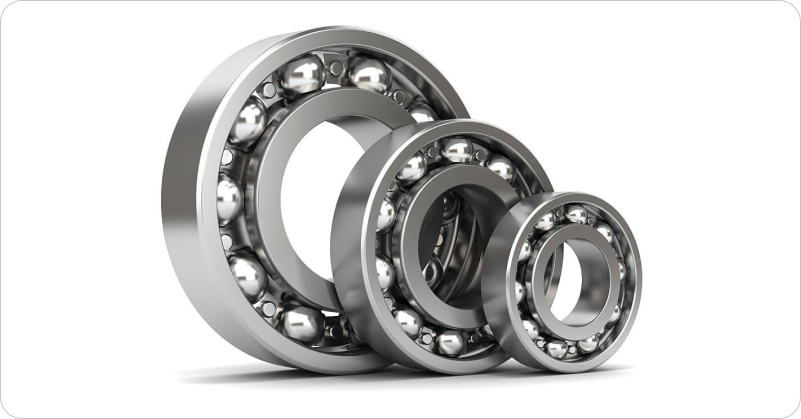
Spherical Roller Bearings: A Comprehensive Guide
The concept of spherical roller bearings emerges from the fusion of precision engineering and the science of load distribution. In the intricate world of mechanical engineering, where precision and durability intersect, this engineering marvel has transformed the landscape of various industries, from towering wind turbines to the bustling confines of mining equipment. Exploring the Inner […]
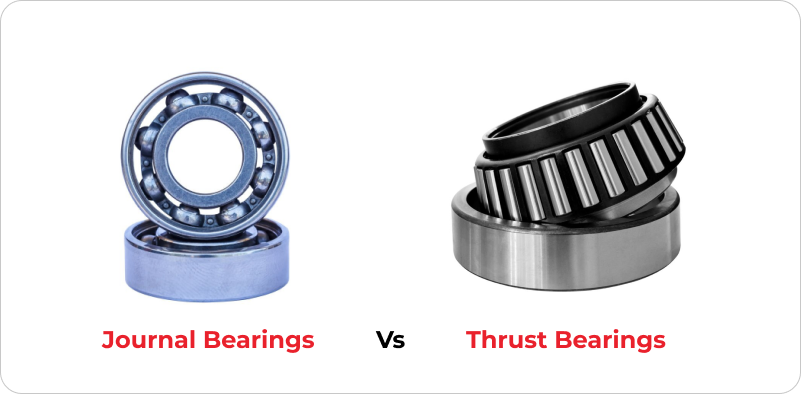
A Comprehensive Guide to Journal Bearings vs. Thrust Bearings
Bearings are essential components in various mechanical systems, providing support and reducing friction between moving parts. Two common types of bearings are journal bearings and thrust bearings. While they share similarities, they possess unique characteristics that make them suitable for specific applications. Let’s explore the differences between journal bearings and thrust bearings, including their design features, […]

Understanding the Durability and Strength of Bronze Sleeve Bearings:
A Reliable Solution for Industrial Applications. Bronze sleeve bearings, also known as bronze bearings, have grown in popularity in a variety of industrial applications due to their remarkable durability, corrosion resistance, and adaptability. These bearings can endure heavy loads, high speeds, and severe environments, making them a solid choice for machinery and equipment producers. In […]
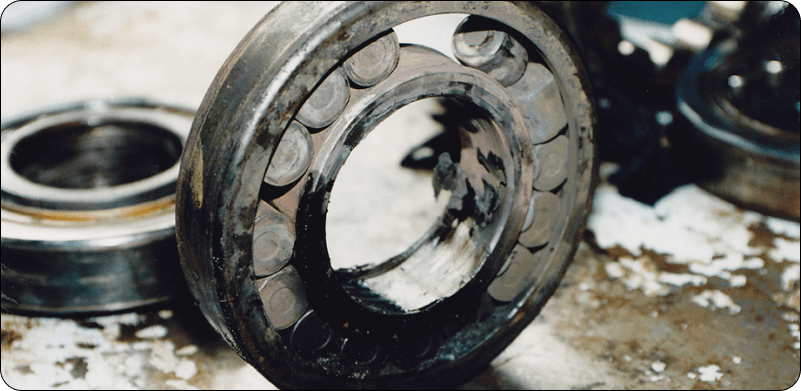
Bearing Failure: Common Reasons, Stages & Preventative Measures
Bearings and bushings play a crucial role in the smooth functioning of various machines and equipment, from automobiles to industrial machinery. Bearings allow for the rotational or linear movement of machinery parts, reducing friction and wear and tear. However, bearings are subject to failure due to various factors, causing severe damage to the equipment and […]
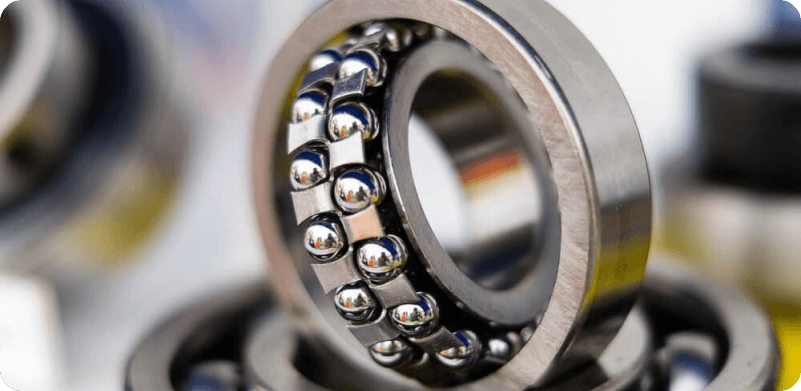
Bearing Basic & Overview of Bearing Types: Your Ultimate Guide
What are Bearings? Bearings are mechanical components that are commonly used in machines to reduce friction and support rotating or linear motion. Bearings are designed to carry loads and provide support for the rotating components of a machine. Bearings are available in a wide range of materials, designs, and sizes. In this guide Hi-bond, the […]
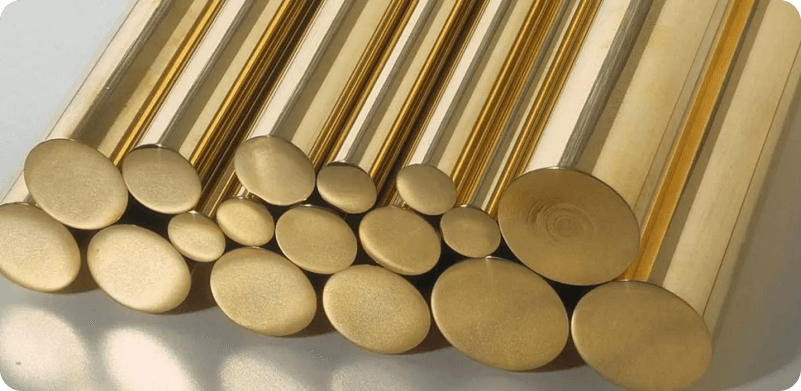
Understanding Uses: Bronze, Brass, and Copper in Manufacturing Industries
Bearing and bushing suppliers often use a wide range of materials for their products, including bronze, brass, and copper. These three metals are commonly used to manufacture bearings and bushings due to their excellent mechanical properties and durability. However, despite their similarities, significant differences between the three metals affect their performance in various applications. […]
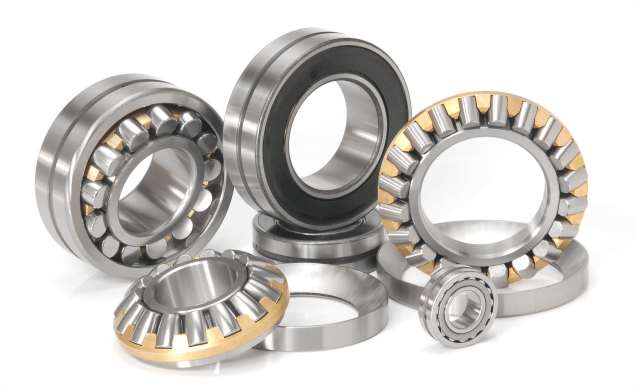
Understanding The Growing Demand For Ball and Roller Bearings In Manufacturing
The demand for ball and roller bearings is increasing rapidly. As technology advances and the need for more efficient machines grows, so does the demand for these components. But what exactly makes these components so crucial to the success of modern-day production? This blog post will explore why there is a rising demand for ball […]
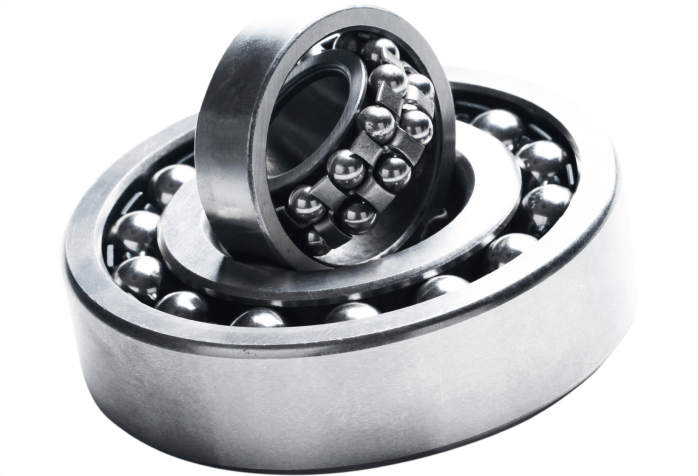
What is Babbitt Bearing: Types, Characteristics & Applications
For many businesses, industrial machinery is essential for optimal productivity and success. Maintenance is key to ensuring the machinery’s longevity and its successful operation. Investing in quality parts, like roller bearings and bushes, is highly beneficial. Roller bearings provide a range of advantages that can make them a smart purchase for any business, such as […]
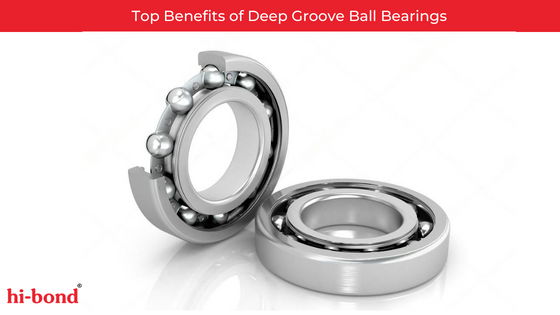
Top Benefits of Deep Groove Ball Bearings
Rolling bearings and bushes are crucial to every machine element that rotates or oscillates. They assist in transferring loads between various components, including axles, shafts, and wheels, and supporting and guiding rotational movement. However, selecting the bearing from a reputed bearing manufacturer is important to meet your company’s demands. Today, Deep Groove bearings have gained […]


